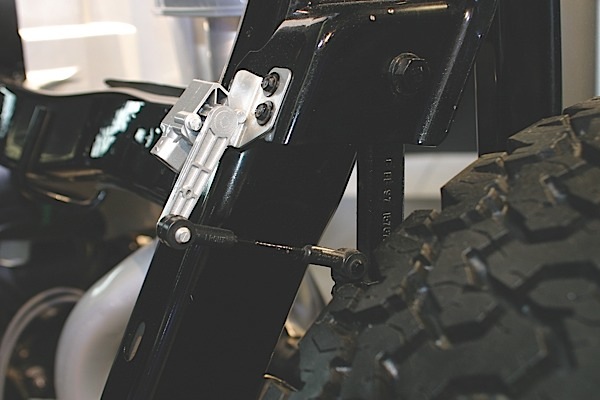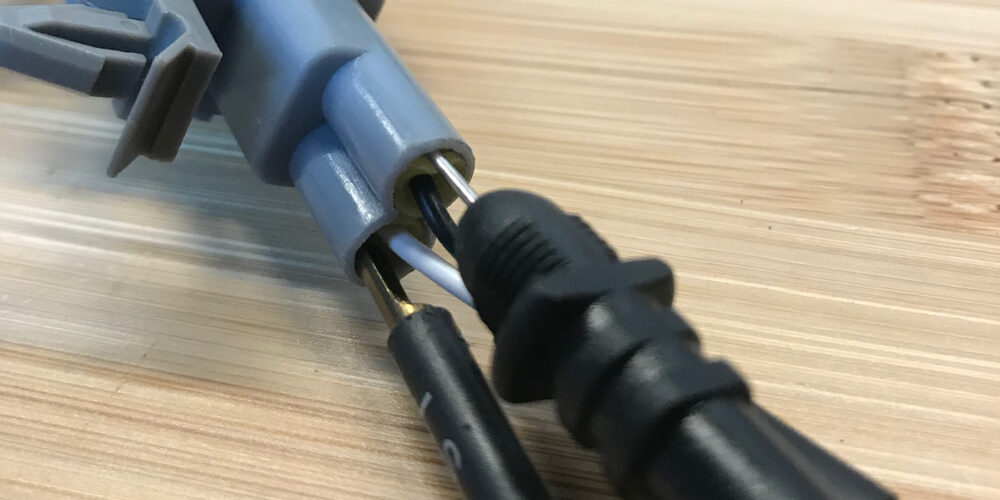
Some ride height sensor modules connect to the Controller Area Network (CAN) bus or other SAE or ISO bus or ride control module. The module can connect directly to the ABS/ESC module on a CAN bus or it can be part of the overall CAN Network in a loop that connects various modules in the vehicle.
One way to test modules and ride height sensors on a high-speed CAN bus is with a scan tool. Most tools are able to look at the data directly. But, some scan tools may not be able to look at the datastream directly for a ride height sensor signal due to software issues with the tool.
If you are in this situation, it is possible to observe how the actuation of a sensor, switch or component activation can change activity on the data bus. All CAN bus modules have power and two high-speed CAN wires.
If you connect your scope between chassis ground and the bus wires in the OBDII DLC and look at voltage, it is possible to see packets of data being communicated on the bus as the sensor or vehicle height is changed.
On a direct-type ride height CAN sensor, you can see the sensors communicating with ABS/ESC module as the sensor arm or vehicle is moved. It is impossible to tell what is being communicated, but it is possible to see they are communicating.
This module is not a box, but part of the column. This module might have multiple can lines coming out of it.
Repairing Wiring Harnesses
A guide to probing and poking.
The Hippocratic Oath states a doctor shall “do no harm.” The technician’s oath is the same, but that we “do no harm” to a vehicle we are trying to diagnose or repair. This oath has become more difficult to follow as vehicles have become more complex.
One of the most controversial topics among technicians is the probing and piercing of wires and connectors. Some technicians curse t-pins and piercing probes claiming they can damage a wiring harness. On the other end of the spectrum are technicians who have zero problems stuffing a blunt multimeter lead into a connector for an ECM.
Diagnostic Procedures For Stop/Start Systems
Stop/start technology is more than just a switch wired to the brake pedal and starter.

Auxiliary Cooling Pumps
An auxiliary cooling pump’s primary function is to circulate warm coolant to the heater core.

Battery Management Means Knowing How It Ages
The battery may be fully charged, but you also need to measure how low the voltages go while the engine is cranking.

Deciphering Engine Misfire Codes
When the fuel/air mixture ignites, many factors must be met to pass a misfire monitor.

Other Posts
Diesel Air Filter Replacement
Here are some diesel air filter replacement tips in order to keep these vehicles running as intended.

Belt Service For Hybrid and Stop/Start Systems
Knowing how to “force start” a hybrid vehicle can be helpful if you are trying to diagnose a noise problem that involves the accessory belt drive system.

Detecting Misfire And Knock Conditions
Knock sensors are mounted on the block near the base of the cylinder head.

Diesel Turbocharging Basics
There’s a reason diesels typically utilize compound turbo setups instead of twin turbochargers.






